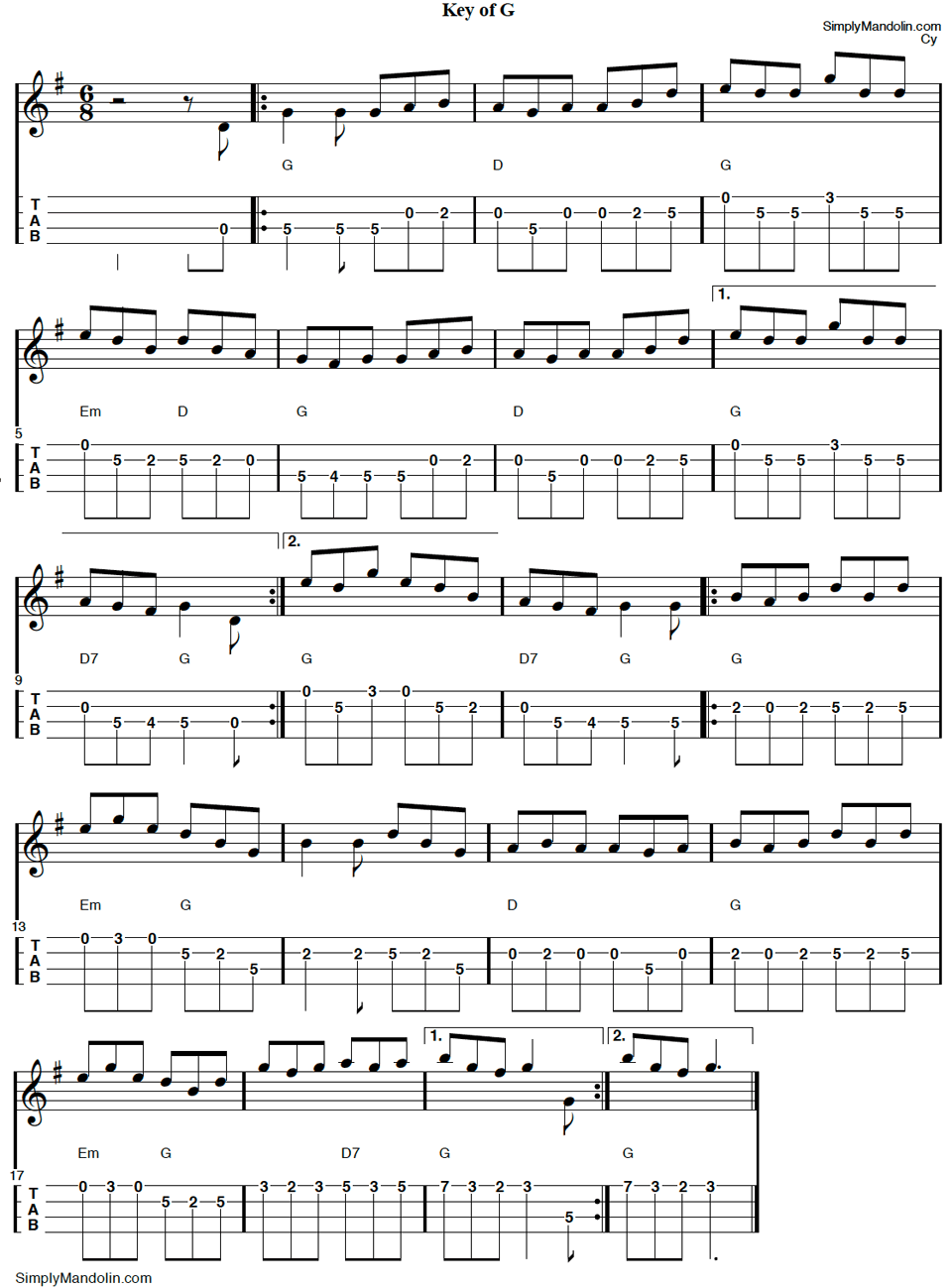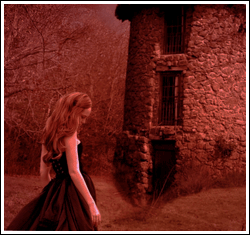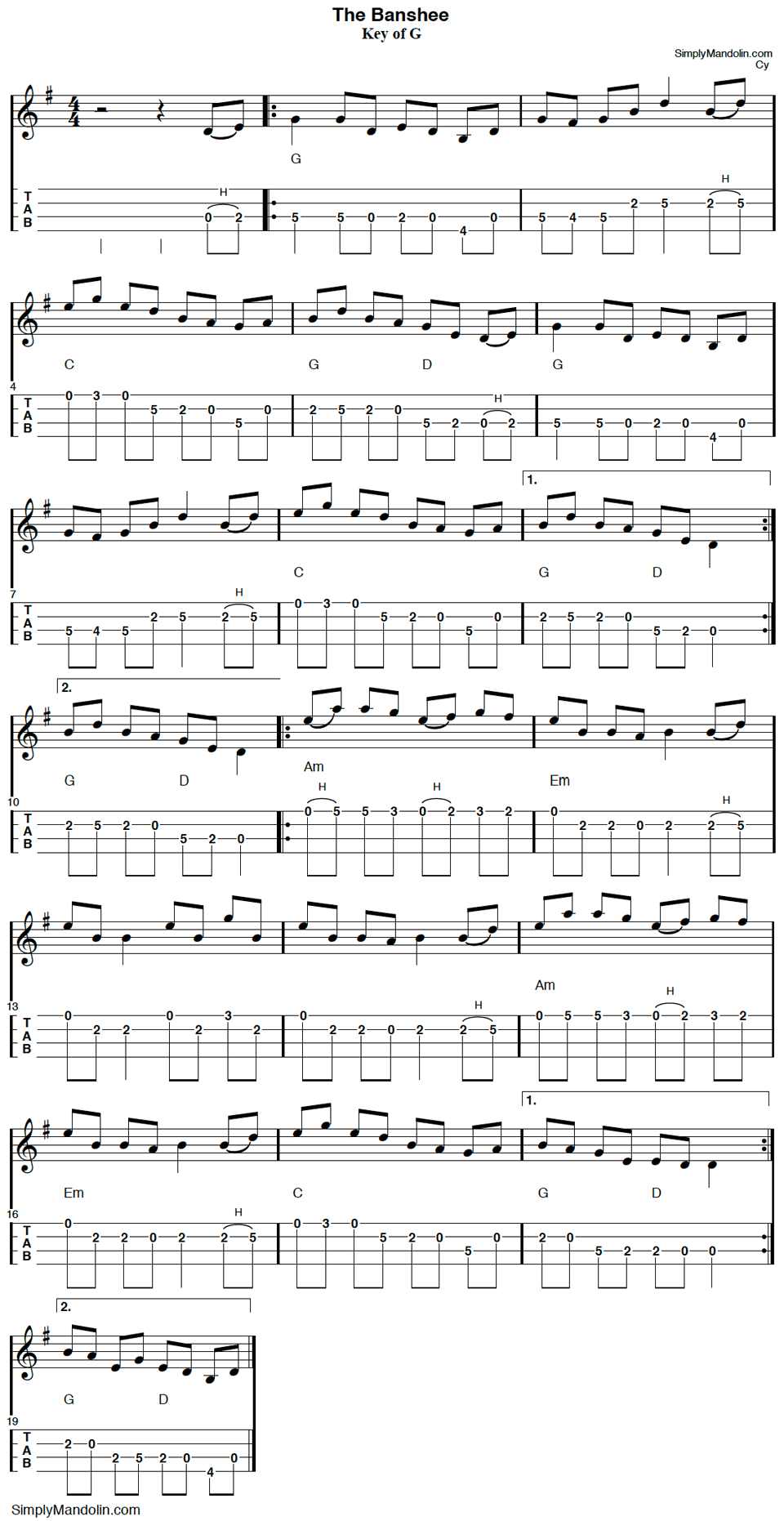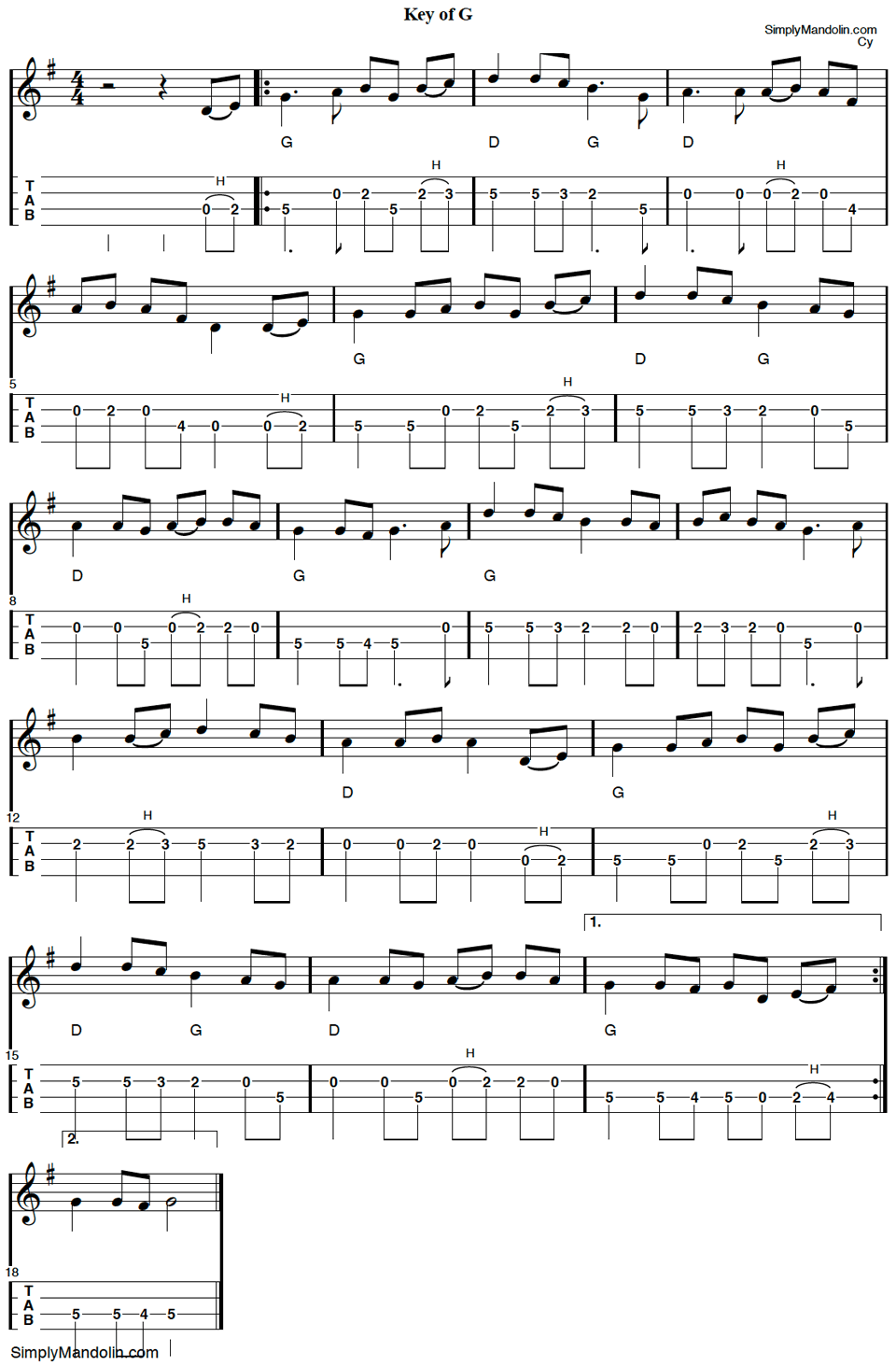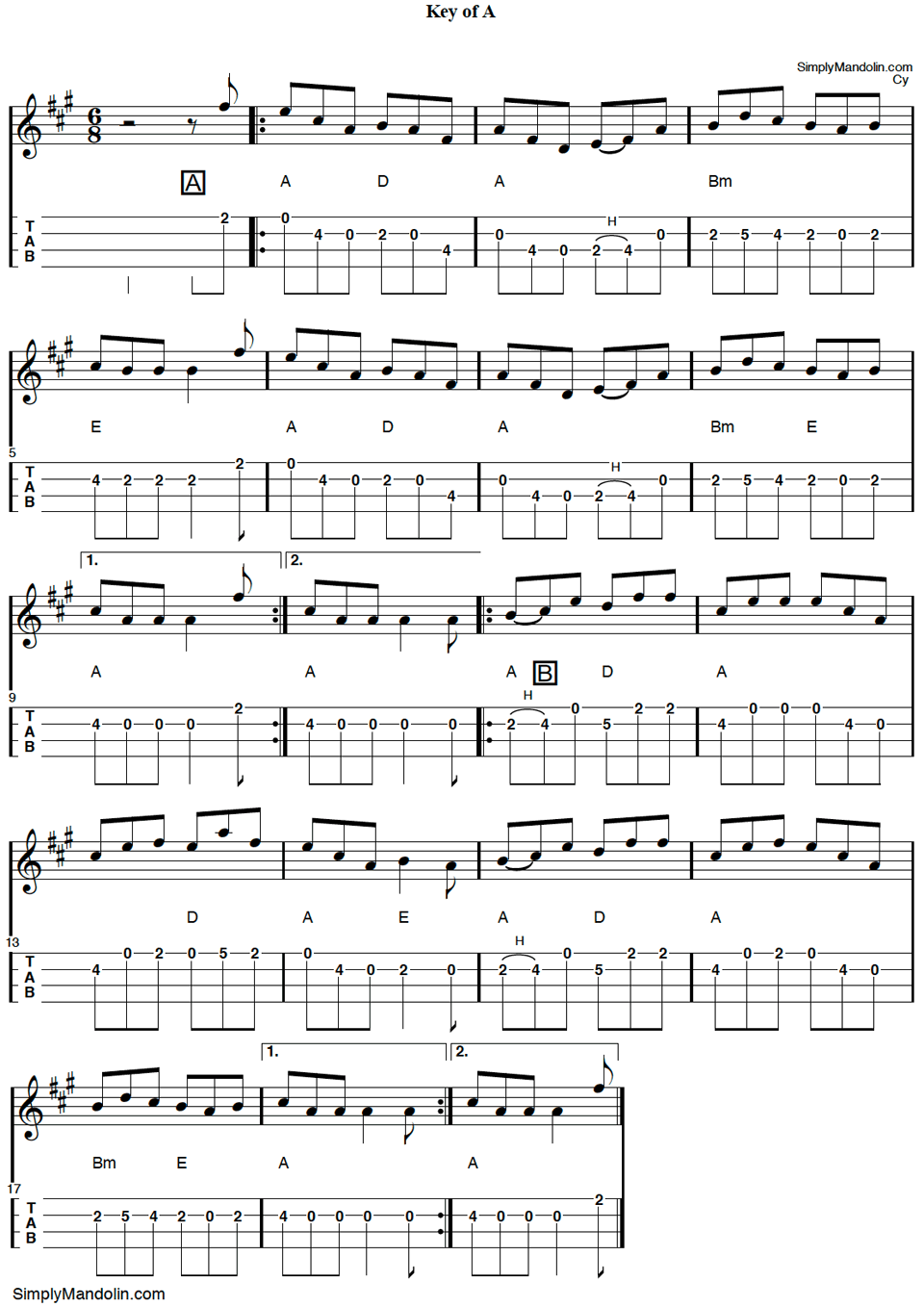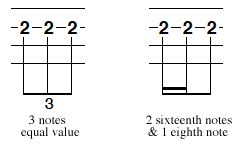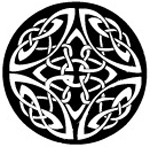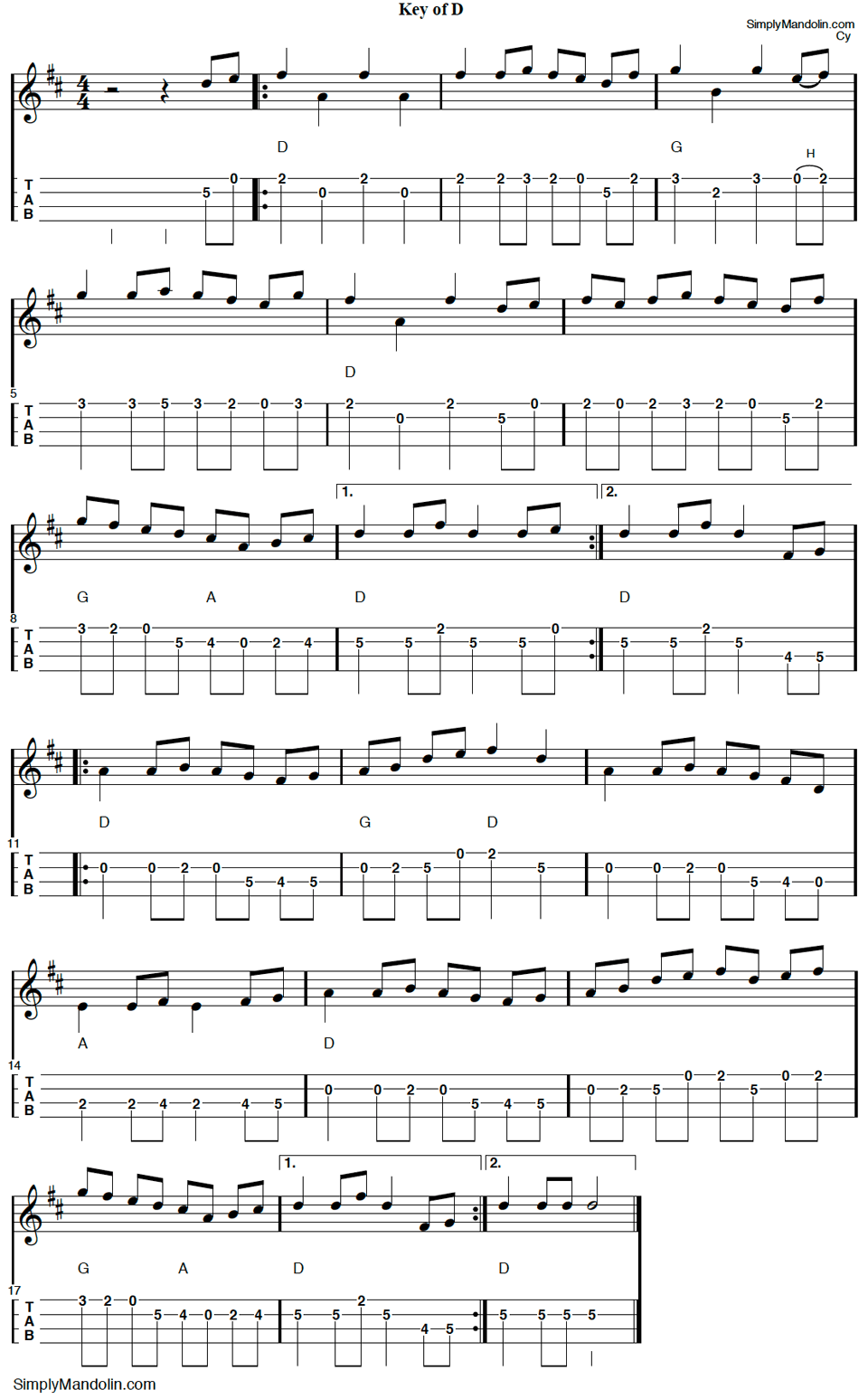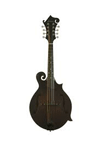
Session Jig
“Maid in the Meadow” is an Irish double jig in 6/8 time.
There is also a reel by the same name. It doesn’t seem to be anywhere near as popular as the jig, but you can find the odd version on YouTube, Spotify, Apple Music, etc.
The jig, however, is quite popular. It is not hard to find examples for this melody. But, as is common with a lot of Irish tunes, I couldn’t find much info on the origin. If you can help out, feel free to do so.
The Tune
“Maid in the Meadow” does not appear in the Fiddler’s Fake Book. Of course, I did find “The Maid Behind the Bar”, and “The Maid on the Green” – not the same thing.
Most recordings for this jig remain close to the traditional, with only minor variations. I learned the tune from the album – “Le Ceoltóiri Cultúrlainne – Foinn Seisiún 2”. The following tab is pretty much a straight transcription from that album.
“Maid in the Meadow” is a double jig in the key of G, and is played A-A-B-B.
Listen to “Maid in the Meadow” for mandolin:
The Maid in the Meadow
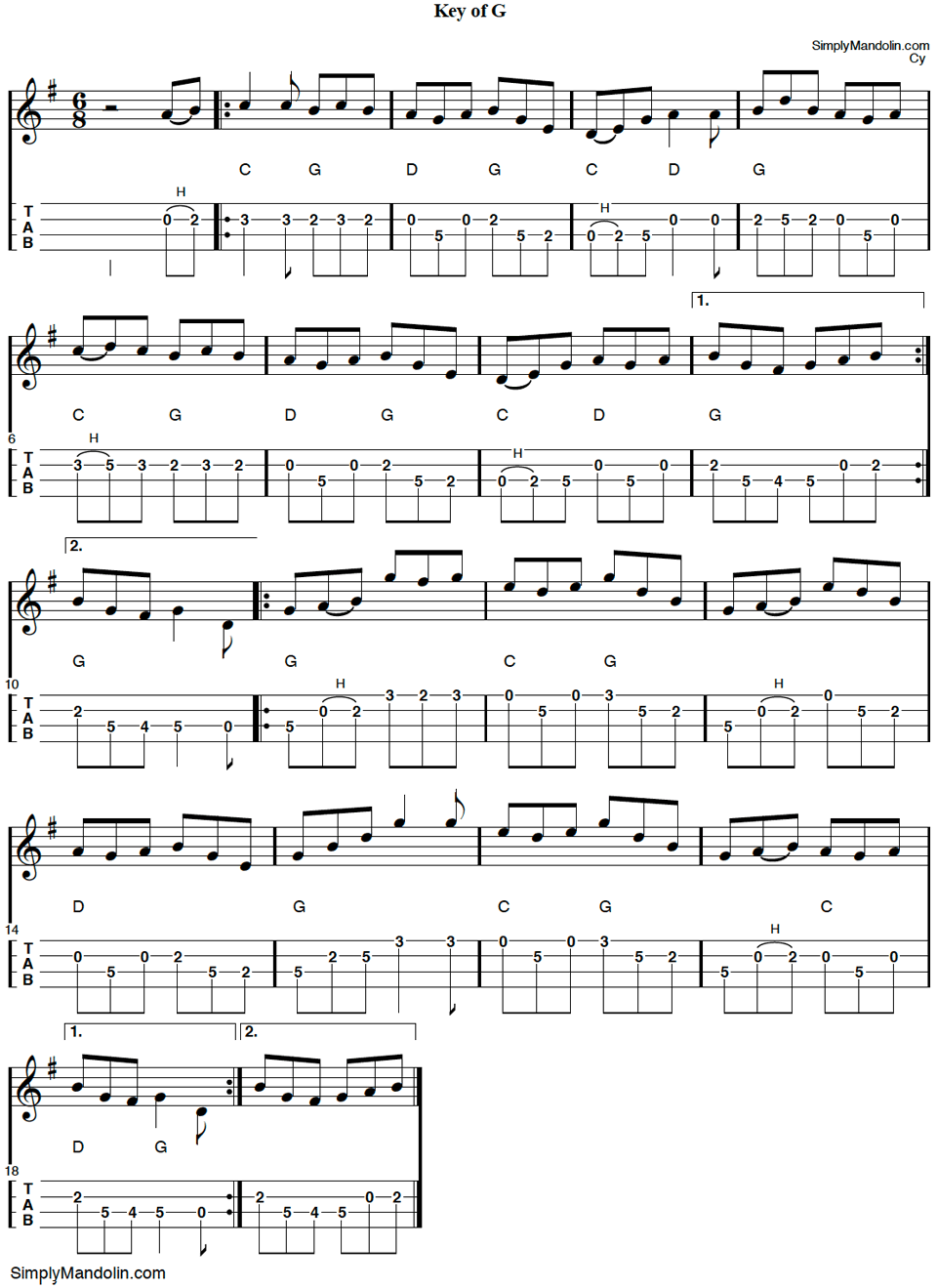
Oops!
Ok, so last Saturday I published a bluegrass tune to the website called “Grey Eagle“. The problem is, last Saturday was March 17th (Lá Fheile Pádraig).
How could I put up a bluegrass tune on St. Patty’s day?!! I do apologize to my Irish brothers and sisters.
Thanks for taking a look at “Maid in the Meadow“. I hope you enjoy the tune. Please feel free to leave comments below.

Don’t Miss a Beat!
Join our mailing list for new tabs, practice ideas and study material.
Keep informed of new projects. Its free!
No spam, ever. That’s a promise!



